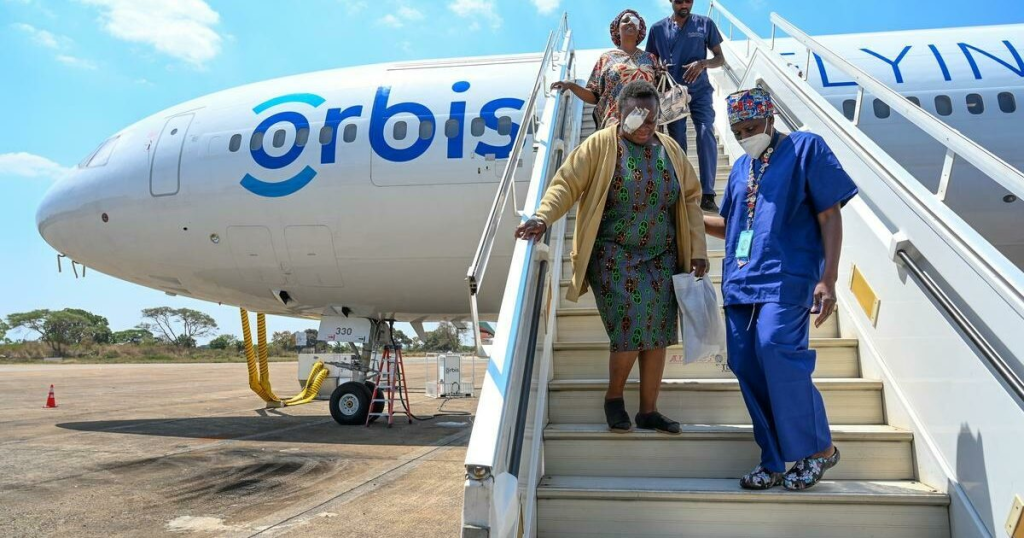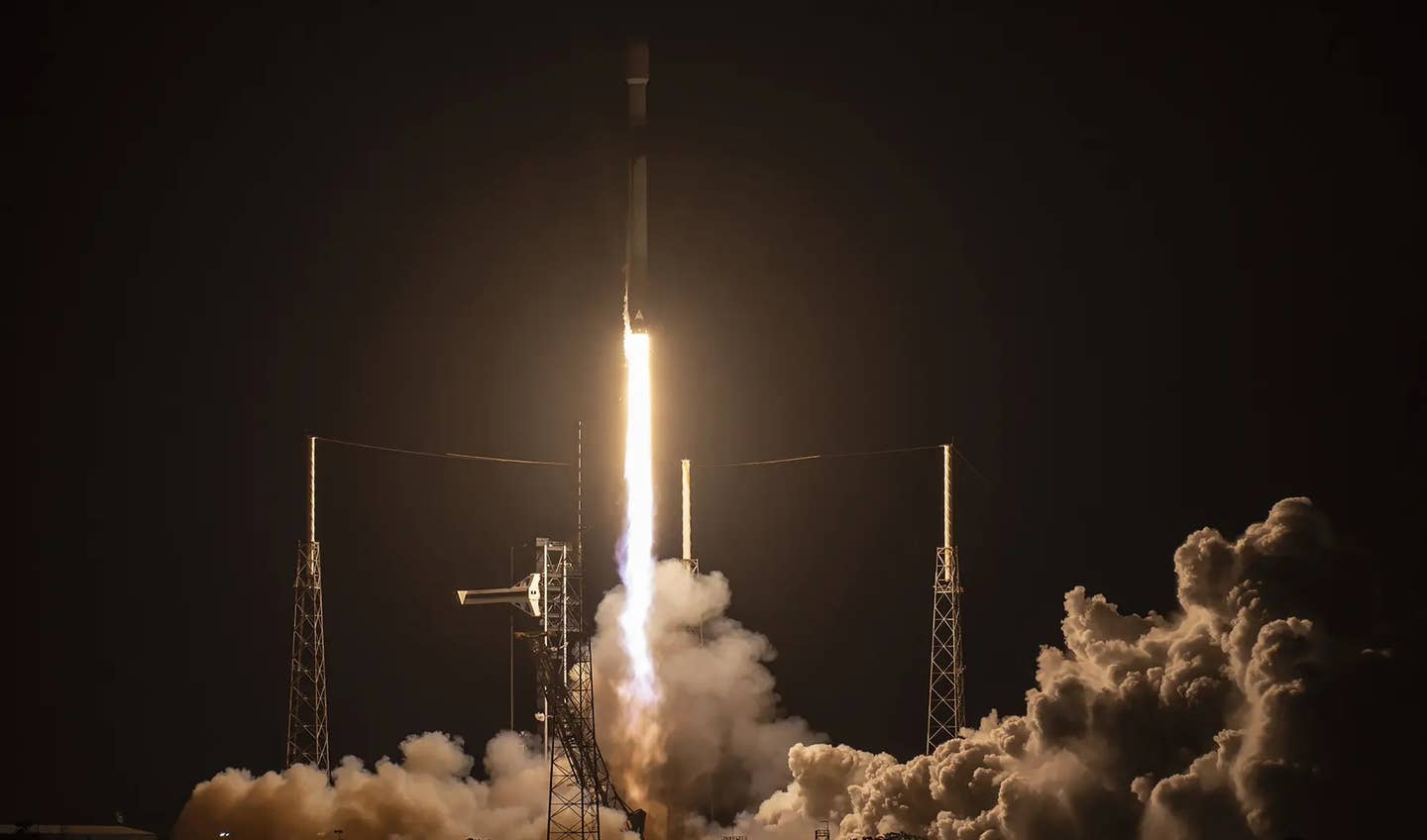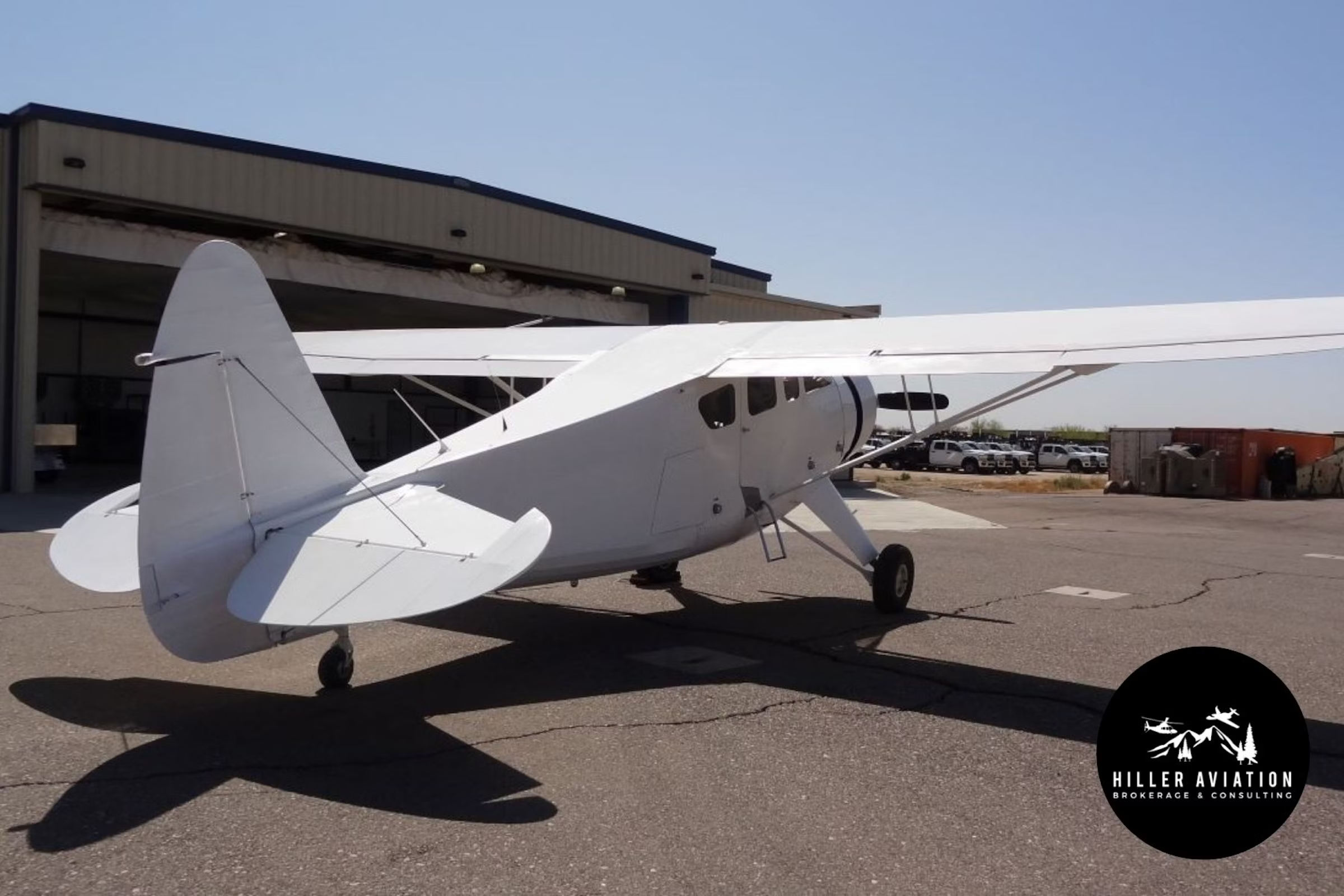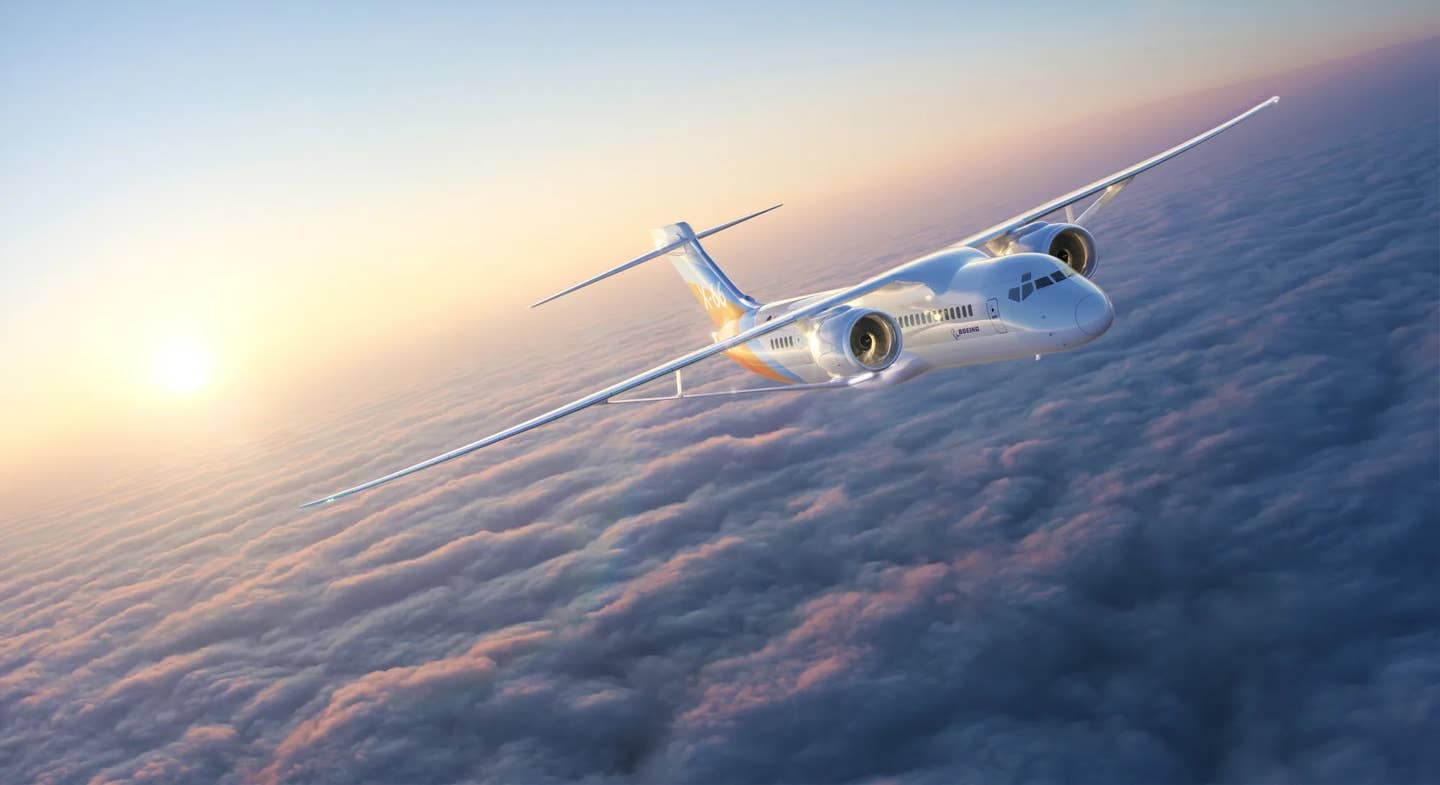FAA Warns TFRs in Place for Helene Recovery Effort
Agency is restricting unauthorized aircraft, rotorcraft, and drones from interfering with emergency response activities following Hurricane Helene.
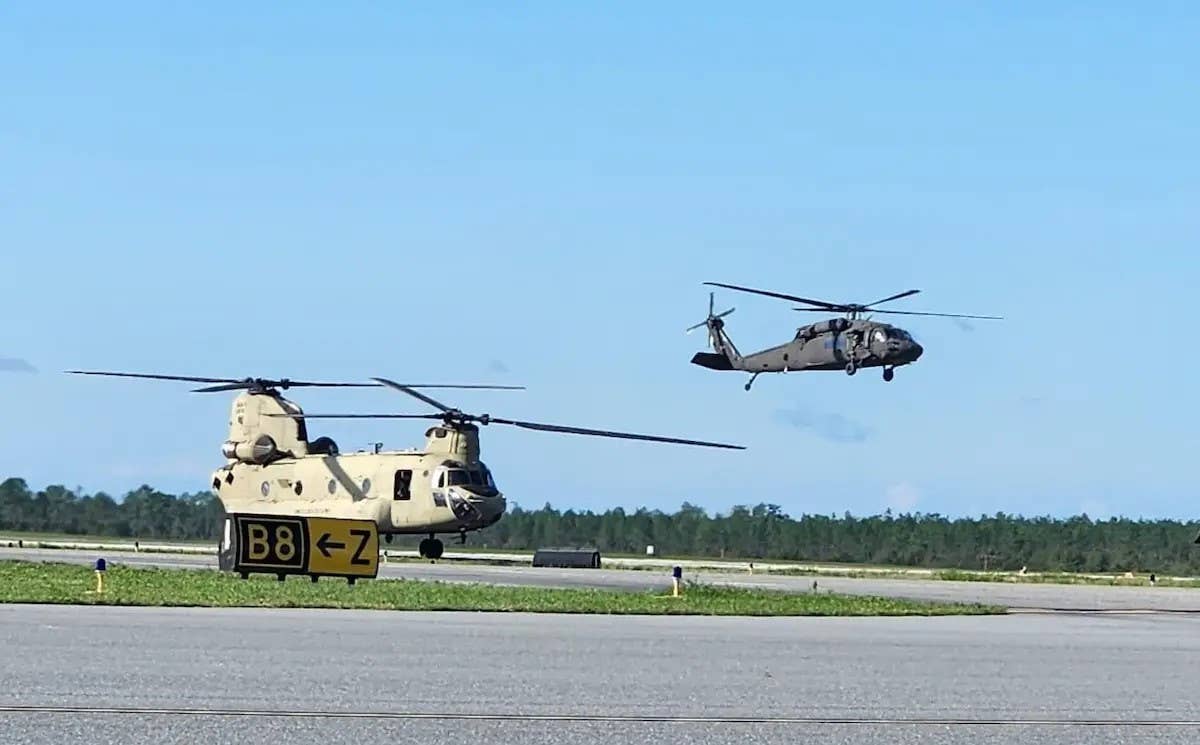
UH-60 and CH-47 aircraft with the 1-111th Florida Army National Guard are among the aircraft aiding recovery efforts in hurricane-impacted areas. [Courtesy: U.S. National Guard]
The FAA is asking airplane, rotorcraft, and drone pilots to be mindful of airspace restrictions as federal, state, and local actors work to aid rescue and recovery efforts in the disastrous aftermath of Hurricane Helene. Those who interfere in disaster relief efforts could face fines or criminal prosecution, the agency said.
The airspace surrounding hurricane-impacted areas in North Carolina, South Carolina, and Tennessee is inundated with small airplanes, helicopters, and drones, the FAA said. In western North Carolina, there has been a 300 percent increase in traffic, it estimates.
The National Guard has deployed more than 200 vehicles and aircraft, while general aviation pilots are making supply drops. Officials at the Military Aviation Museum in Virginia Beach, Virginia, said they are coordinating with partners to deploy a World War II-era Douglas C-47 which previously assisted during the Berlin Airlift to ferry donations.
Local charities and other groups have requested further volunteer assistance from pilots.
“The FAA’s goal at all times is to ensure safety and help facilitate this critical work,” an agency spokesperson said in a statement shared with FLYING. “At the request of local authorities or law enforcement, the Federal Aviation Administration can issue Temporary Flight Restrictions (TFRs) to ensure safety for aircraft conducting Hurricane Helene rescue and recovery activities.”
These TFRs can be found on the FAA’s website and are constantly being updated, the agency said. Drones and other aircraft can still support disaster relief and recovery efforts within restricted airspace, but civilian and volunteer operations will first need to coordinate with emergency responders.
According to the North Carolina Department of Transportation, Asheville Regional Airport (KAVL), Hickory Regional Airport (KHKY), and Foothills Regional Airport (KMRN) are “hubs of Helene activity and for general aviation pilots.” Airspace in eastern Tennessee is also congested, the FAA said. It urged pilots to check flight restrictions around those locations specifically.
At Asheville Regional, GA pilots are advised to gain clearance from the Federal Emergency Management Agency (FEMA) before attempting to land. The North Carolina Division of Aviation is implementing prior permission required (PPR) at Asheville Regional and Rutherford County Airport (KFQD) and expects to issue PPR at more busy sites throughout the weekend.
The FAA further warned that many airports in the hurricane’s trail do not have a control tower and directed pilots to the rules for Non-Towered Airport Flight Operations. Ramp areas are particularly congested, it said.
State and local authorities may enact their own airspace restrictions. They may also request that the FAA establish an Airspace Coordination Area (ACA), which the agency describes as “a heads up about an unusual situation and/or congestion that pilots should be aware of.” An ACA does not restrict flight—rather, it gives pilots important guidance about the airspace.
FAA personnel are further coordinating airspace at the North Carolina Emergency Operations Center, giving priority access to emergency services.
The FAA advised pilots seeking to deliver supplies to work with community organizations that can advise on local airport capacity. It also suggested pilots tanker fuel through busier airfields in order to reduce fuel demand.
Drone pilots, meanwhile, must fly under Part 107 rules or FAA public aircraft requirements. Crewed aircraft will always have the right of way, and operators should be mindful that mountainous terrain can make it difficult for pilots to see drones in their path.
Like this story? We think you'll also like the Future of FLYING newsletter sent every Thursday afternoon. Sign up now.

Sign-up for newsletters & special offers!
Get the latest FLYING stories & special offers delivered directly to your inbox

